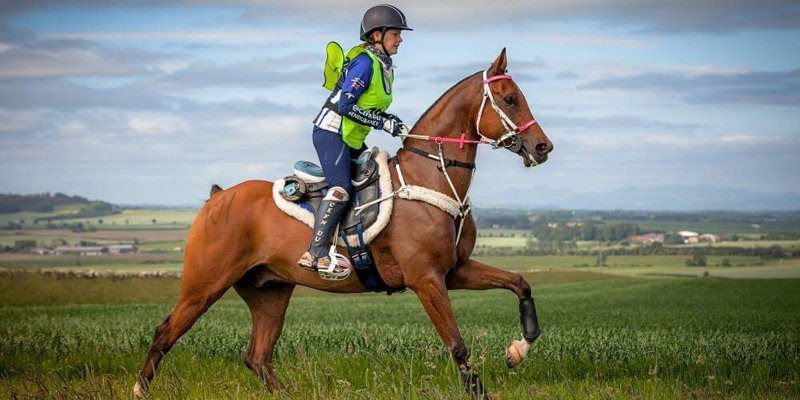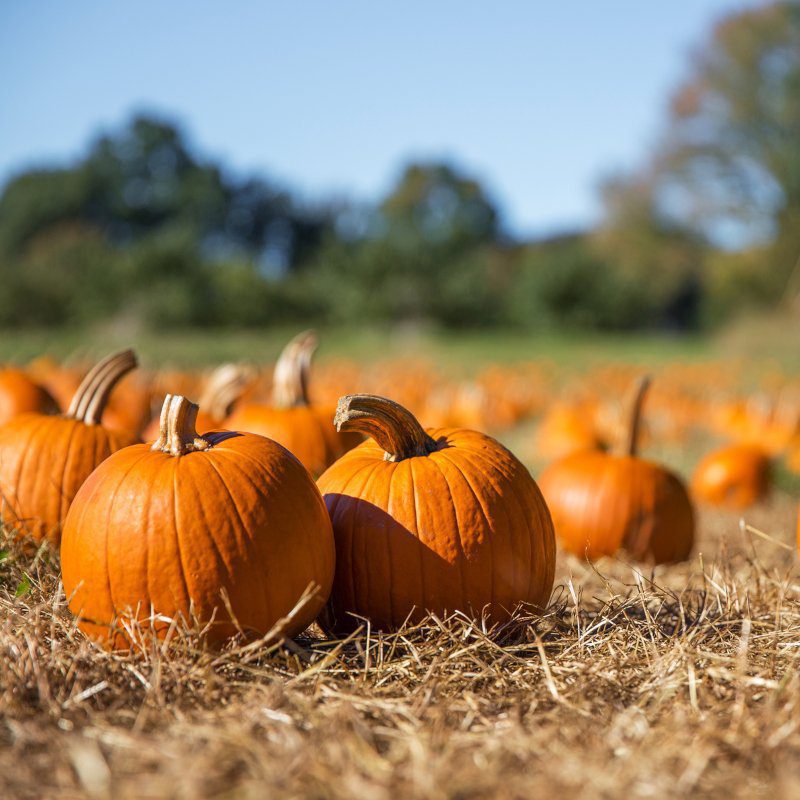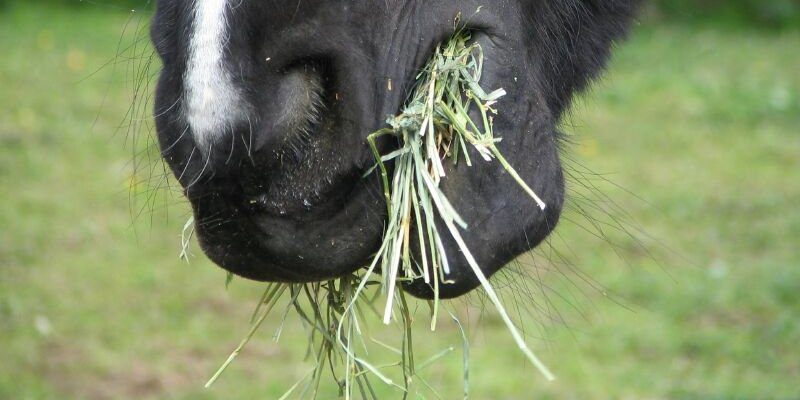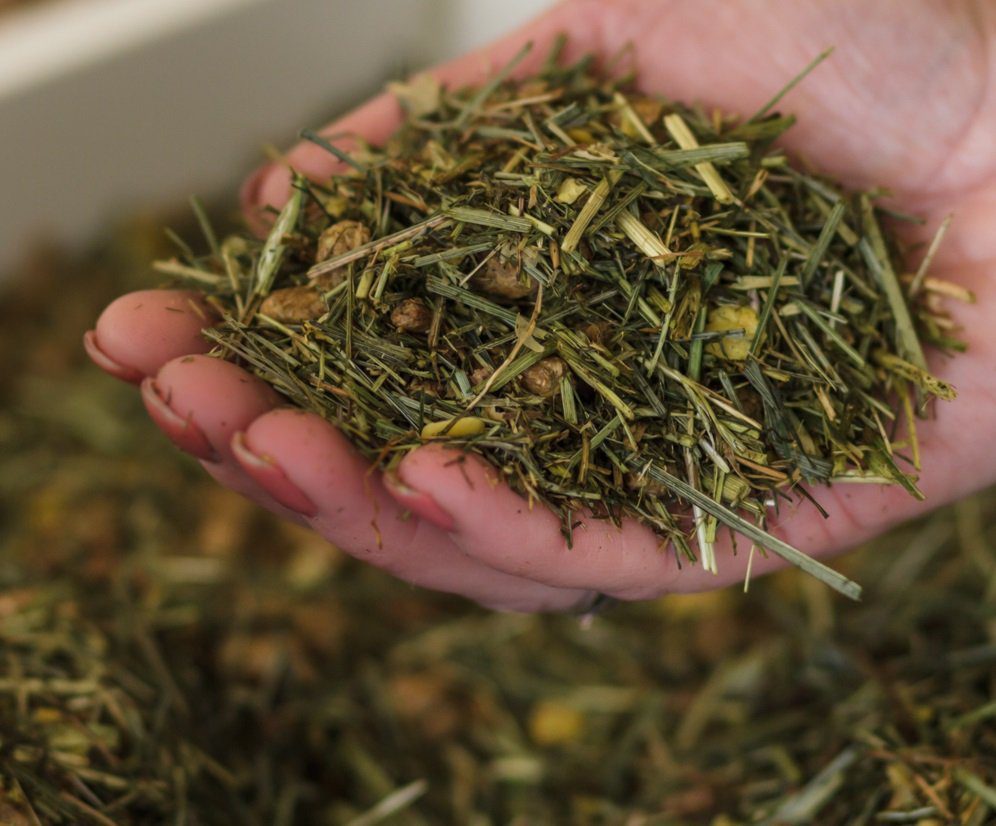In March 2018, we caught up with our sponsored rider Georgina Vaughan to talk about gastric ulcers in horses.
As well as being an international endurance rider, Georgina is an equine veterinary surgeon at Abbey Equine Clinic in Abergavenny. We took the opportunity to ask her to shine a light on the treatment of gastric ulcers in horses. And we couldn’t help but ask what she likes best about Pure Feed and what her hopes are for the upcoming endurance season.
Georgina, as a vet, tell us how often you see a suspected case of ulcers in horses?
“Probably not as often as a lot of equine vets. We are lucky in our practice area that our clients have a lot of turnout for their horses all year round, which reduces the incidence a little. We still see cases of ulcers in horses, presenting as poor performance, changes in behaviour or bad behaviour, poor weight gain, irregularity of gait, girthing pain, picky appetite, resistance to riding aids, colic, and poor coat quality.”
We know that gastric ulcers in horses can only be diagnosed for sure using gastroscopy. But that sometimes this is bypassed and an initial diagnosis is given based only on a strong suspicion. What are your thoughts on this?
“Generally we try and advise scoping the horse because it enables us to plan the best course of treatment. It also gives the opportunity for re-scoping at a later date which enables us to see if the ulceration has improved or not. Then we can alter the treatment protocol accordingly.
“It also enables us to see how extensive the ulceration is, the location where the ulceration has occurred, and the depth of the ulcers. This allows us to grade them accordingly.”
Do you perform gastroscopy on location, or at your surgery?
“We can do either. More generally, it just depends whether your vet has a portable gastroscope.”
We are sure many readers of our blog would be fascinated to know what is involved with a gastroscopy. How long does it take to carry out a gastroscopy and what is involved?
“Gastroscopy is performed under standing sedation. The procedure is usually well-tolerated by the horse and takes around 20 minutes.
“The horse needs to have been starved for at least 12 hours before the gastroscopy is performed and the horse needs to be stabled on inedible bedding. The stomach cannot be fully examined if the horse has not been starved.
“The gastroscope is a three metre long flexible fibre optic camera. It is passed up one of the nostrils, the horse then swallows and the scope is passed down into the stomach. Once inside the stomach, the stomach is inflated with air to allow for a full examination. The gastroscope is manoeuvred to examine different regions of the stomach.”
So you have done the gastroscopy and diagnosed gastric ulcers in horses. What are the standard treatments you would provide?
“Omeprazole (the duration would depend on the grade of ulceration and the location). And once the ulcers are under control it is important that management and feeding regimes are regulated to prevent reoccurrence.”
Gastric ulcers are obviously painful for the horse which is the number one consideration. But they can be painful on your purse too. How much does it cost to diagnose and treat a horse with gastric ulcers?
“I could only give a rough figure and it would generally depend on how long the horse was on medication for. It would also vary based upon the individual charges of a vet practice. But I guess between £800 – £1,000. This would include gastroscoping the horse and then repeating the scope a couple of weeks later to see how the horse was responding to the medication (if it had been diagnosed with ulcers in the first place and medication to treat has been prescribed.).”
Thank you for that Georgina. That is a fascinating insight into the treatment of gastric ulcers in horses. Perhaps we could round off with hearing a little about how you feed your horses and your own endurance ambitions for the next 12 months?
“I have been feeding Pure for four and a half years. My horses are always satisfied after they have had a feed and they look fantastic. Importantly for me, they have the energy to go and last the distance. It is so easy to feed. Having everything in one bag makes it so simple, and the horses find it really palatable.”
And what about you? What are your ambitions for the 2018 endurance season?
“First and foremost it is to complete a CEI*** 160km in a day, and to qualify for the European Championships in 2019. I also hope to return to Montcuq CEI*** 200km in the South of France in the Autumn, which is one of the toughest rides in Europe.”
If you would like to find out more about gastric ulcers in horses then download our free guide to gastric ulcers.
Or if you would like a FREE bespoke diet plan for your horse that takes into account conditions like gastric ulcers, then complete our diet plan form, and we will send it out to you.






